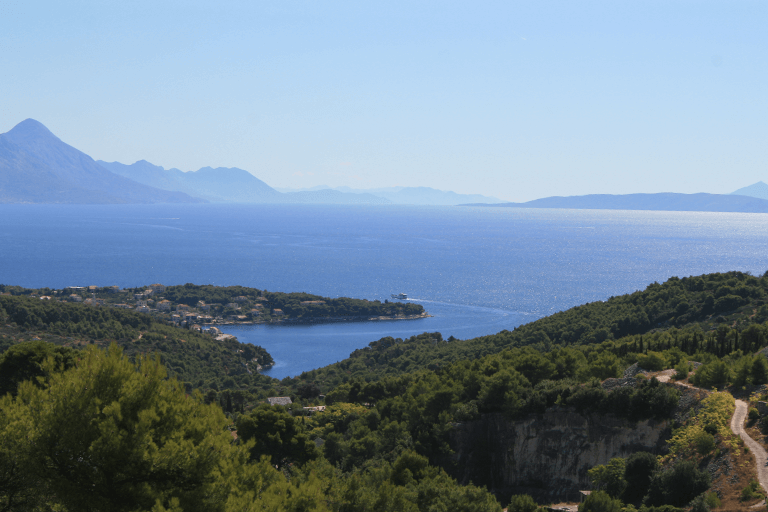The island of Brac is the largest island of central Dalmatia and the third largest among the islands of the Adriatic Sea, with an area of 394.57 km2; it has an official population of 13,824 inhabitants. It is separated from the mainland by the Brac Channel, from the island of Solta by the Split Gate and from the island of Hvar by the Hvar Channel.
The terrain of the island is dominated by karst limestone reliefs with numerous ravines, cracks and cavities, numerous valleys and bays. Milder forms of relief, where the soil is relatively fertile, are found in the interior of the island (especially around Lozisca and Nerežišća).
The largest municipalities are Pucisca and Supetar. The main agricultural products are olive oil, wine and fruit (cherries and almonds); Livestock and fishing are still the main livelihoods of the locals. Fish canneries are located in the village of Postira. Their tuna will easily surpass even the famous Rio Mare. With the help of the European Union, a completely new modern fish processing plant was built, which also includes a company store, where you can conveniently buy local produce and especially fresh fish. The island is mined for the famous Brac marble, a building block that was used during the construction of the White House in Washington or Diocletian's Palace in Split.
The road infrastructure is new and modern, pay attention only to grazing animals by the roads… The island is connected to the mainland by ferry lines Split - Supetar, Makarska - Sumartin or high-speed lines from Bol. The airport on Brač for smaller aircraft is located above Bol. Bol is also the oldest and busiest place on the island. This town has long been an extraordinary tourist oasis due to its endless wide beaches. On Bol is the famous beach Zlatni Rat, certainly the most beautiful beach on the Adriatic coast and one of the ten most beautiful in the world. The pebble beach is in the shape of a corner, extending from the island for several hundred meters and sloping steeply into the sea. The pebbles are carried away by sea currents and waves. This gives the beach a different shape and slope - sometimes the "corner" is bent to the right, other times to the left. The outcrop was created by the removal of material from a large rocky gorge, which emanates from the mountains above the outcrop
We invite you to visit this unique island, which offers everything one needs for an unforgettable holiday in untouched natural environment.
< Back
